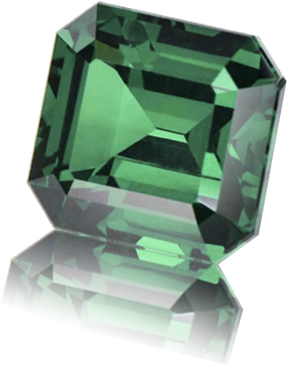The popularity surrounding the Tourmaline gemstone did not start recently. In ancient times, it was used as an ornamental stone. The Egyptians, Greeks, and Romans, were convinced of its protective power, so they wore it as a talisman. During this period, black tourmaline was also associated with magic and sorcery. Legends have it that the great magicians of the time invoked this gemstone to protect themselves from demons and evil entities evolving on Earth.
A well-known philosopher, Theophrastus wrote his treatise “On Stones,” about lyncurium (tourmaline, most likely) and other minerals. Theophrastus’s bizarre beliefs hinted at the stone’s pyroelectric (static electricity) properties, as it attracted straw, ashes, and small pieces of wood. Because of its pyroelectric effect, alchemists considered it to be linked to the Philosopher;s stone. The stone's abilities were, however, more worldly accepted 2000 years later, in 1707 in a book by author, Johann Georg Schmidt (Curious Speculations During Sleepless Nights), citing the Tourmalines' magnetic properties. “The Turmale (Tourmaline) has the property of not only attracting the ashes from the warm or burning coals, as the magnet does iron but also repelling them again.” This fascination led to many findings and a naturalist Carl von Linné was the first to relate the pyroelectric property of tourmaline to electricity; he called the mineral ‘lapis electricus’—meaning electric stone.
The popularity of this colored stone continued to peak in the 17th century when Jewelers used it to adorn the crowns of Russian monarchs and in the 18th century, when Dutch merchants imported large quantities from Sri Lanka. They named it "asshentrekker", meaning "ash headband", because of its electrostatic properties. This natural stone was said to be beneficial to artists, writers, actors, and creators. And there we have it even today, still adorned by the indigenous tribes, famous artists, and world leaders.
IS TOURMALINE A PRECIOUS STONE?
Yes. Tourmaline is considered a precious and most sought-after stone. Its value stems from its rarity, versatility, beauty, and profound symbolic meanings.
Paraiba tourmaline from Minas Gerais (Brazil). Photo by Vinicius Louro, CSIRO
Here's why Tourmaline is considered a precious gemstone.
- Tourmaline Meaning
- The name "tourmaline" comes from the Sinhalese word "turamali," which means "stone with mixed colors." This reflects one of its most unique characteristics: the ability to appear in nearly every color of the rainbow, from pink and red to green, blue, black, and even multicolored varieties. Some tourmalines exhibit multiple colors in a single crystal, such as the famous watermelon tourmaline, which features green and pink bands resembling the fruit.
- Rarity and Global Sources
- While tourmaline can be found in many regions worldwide, high-quality stones are rare. Some of the most notable sources include Brazil, Sri Lanka, Congo, Madagascar, Namibia, Mozambique, Tanzania, and most recently Kenya, where deposits yield some of the finest specimens.
- Rare color variations, such as Paraíba tourmaline—a vivid neon blue-green variety—are exceptionally valuable. Mining of tourmalines is often done in challenging environments, and extracting high-quality stones requires expertise.
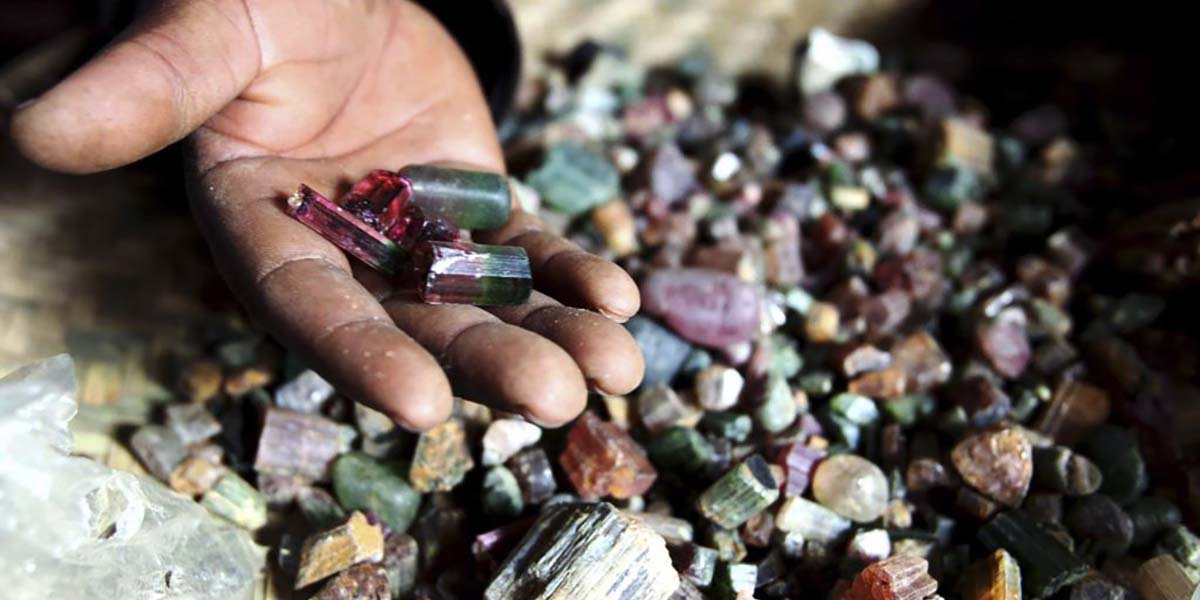
-
- Photo Courtesy of voapost.com on Mines in the Congo.
- Healing and Metaphysical Properties
- For centuries, tourmaline has been valued not only for its beauty but also for its healing and metaphysical properties. Different colors of tourmaline are believed to correspond to various aspects of emotional, spiritual, and physical healing.
- Durability and Practical Use in Jewelry
- Tourmaline ranks between 7 and 7.5 on the Mohs hardness scale, making it relatively durable for everyday wear in various types of jewelry. Its durability, and vibrant colors, make it an excellent choice for engagement rings, earrings and bracelets. Read our Tourmaline Buying Guide for an in depth look at quality factors.
- Tourmaline Crystals
- Tourmaline is a crystalline boron silicate mineral that occurs in a wide variety of colors, thanks to trace elements like iron, manganese, and lithium present during its formation. First discovered in the late 1600s by Dutch traders, Tourmaline is found in regions such as Brazil, Madagascar, the United States, Afghanistan, and parts of Africa, making it a globally distributed gemstone. The geological conditions required for its formation mean that each tourmaline deposit can yield different colors and qualities of crystals.
Pink Tourmalines
Pink tourmaline, with its mesmerizing hues ranging from soft pastel pinks to deep, vibrant magentas, is a gemstone that stands out for its beauty, versatility, and symbolic significance.
Pink Tourmalines from RGC
Pink Tourmaline is often regarded as a stone of the heart, promoting love, compassion, and emotional healing. Wearing pink tourmaline could encourage self-love, kindness, and openness to new relationships. As a heart chakra stone, it helps to heal emotional wounds and restore a sense of peace and calm, making it a meaningful gift for yourself or a loved one.
Blue Tourmalines
Blue tourmaline, also known as indicolite, is one of the rarest and most stunning varieties of the tourmaline family. With its mesmerizing shades of deep blue to teal, it can exhibit hues from pale sky blues to rich, deep oceanic tones. Some stones even have green or teal undertones, giving them a captivating complexity and depth that draws the eye.
Striking Rare Blue Tourmalines from RGC
The Blue Tourmaline’s enchanting shades evoke a sense of calm, serenity, and connection to nature. It is known as a stone that brings peace, clarity, and ease in communication, as it’s often associated with the throat chakra. Its calming blue energy helps balance the mind and spirit.
Chrome Tourmaline
The Chrome Tourmaline is a very particular striking strong green color and despite its name, it’s colored mostly by vanadium.
Chrome Tourmalines From The Rare Gemstone Company
Known for its connection to nature and vitality, green tourmaline promotes physical healing, especially related to the heart and the nervous system. It is thought to bring positive energy, encourage growth, prosperity, and renewal.
Rubellite Tourmaline
This is a rare and gorgeous pink/red to purplish/red color. The Rubellite Tourmaline gets its color from manganese and is mined in Brazil, Myanmar, and Madagascar.
Rubellite may be used for harmonizing the feminine energies within both sexes and lends strength during emotional challenges. Rubellite Tourmaline like most tourmalines is a great neutralizer as it helps neutralize the harmful effects of electronics.
Rubellite Tourmalines From The Rare Gemstone Company
Savannah Tourmaline
Quite like its name it comes from wide African Savannah with colors ranging from the gorgeous bright yellows to orange hues of the Savannah region in East Africa. “Savannah” tourmalines are also mixtures of dravite and uvite. Their coloring element is iron.
RGC Savannah Tourmalines
Watermelon Tourmaline
A stunning multicolored variety, watermelon tourmaline has a beautiful pink center surrounded by green on the outside. You might be lucky to come across a rare Tourmaline Cabochon phenomenon, A "Cats Eye" display along its length.
Watermelon Tourmalines from The Rare Gemstone Company
It is believed to symbolize the balance between the heart (pink) and physical health (green). Hence giving the stone connection to heal emotional wounds while also providing grounding energy.
Parti-Colored Tourmaline
These are stones that display more than one color, the most common combinations are green and pink, but there are thousands of other gorgeous and unique possibilities.
Parti-Colored Tourmaline From The Rare Gemstone Company
Other Tourmaline Colors
The most commonly known variety, Black tourmaline is prized for its grounding and protective qualities. It is believed to shield the wearer from negative energy and electromagnetic radiation.
Black tourmaline is also known for its ability to absorb stress and tension.


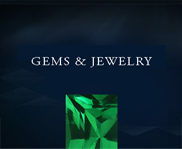
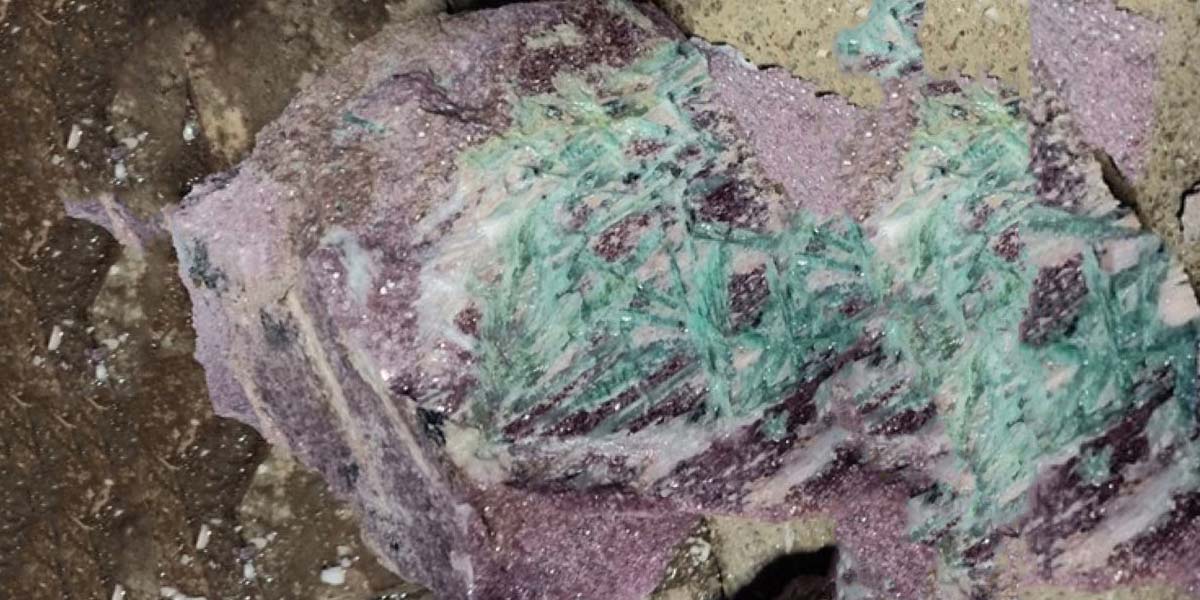





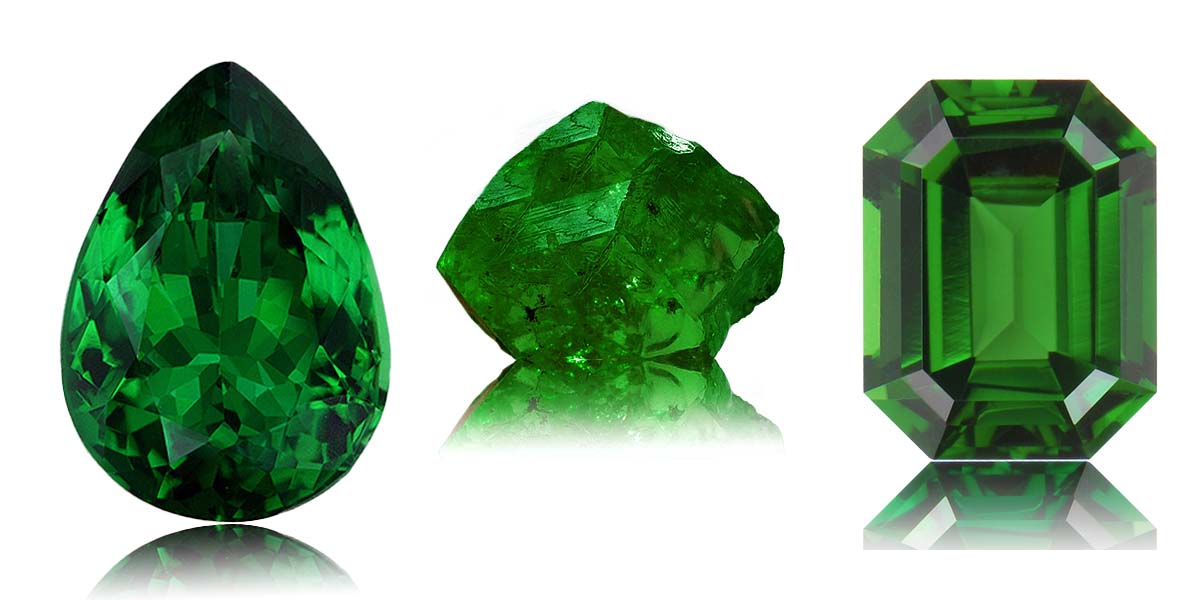

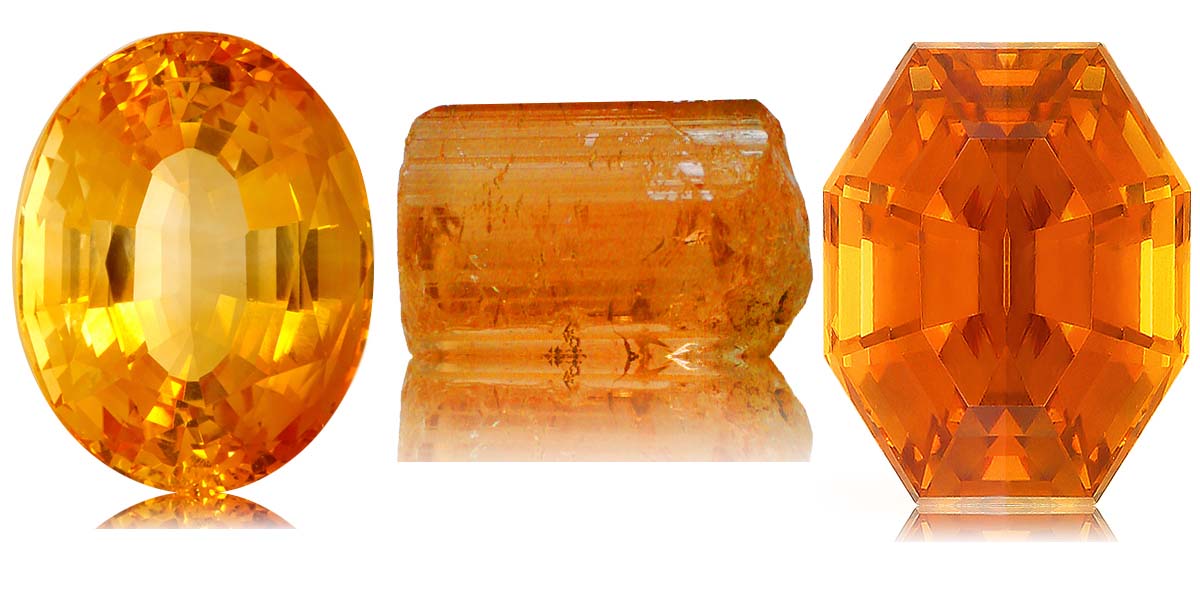


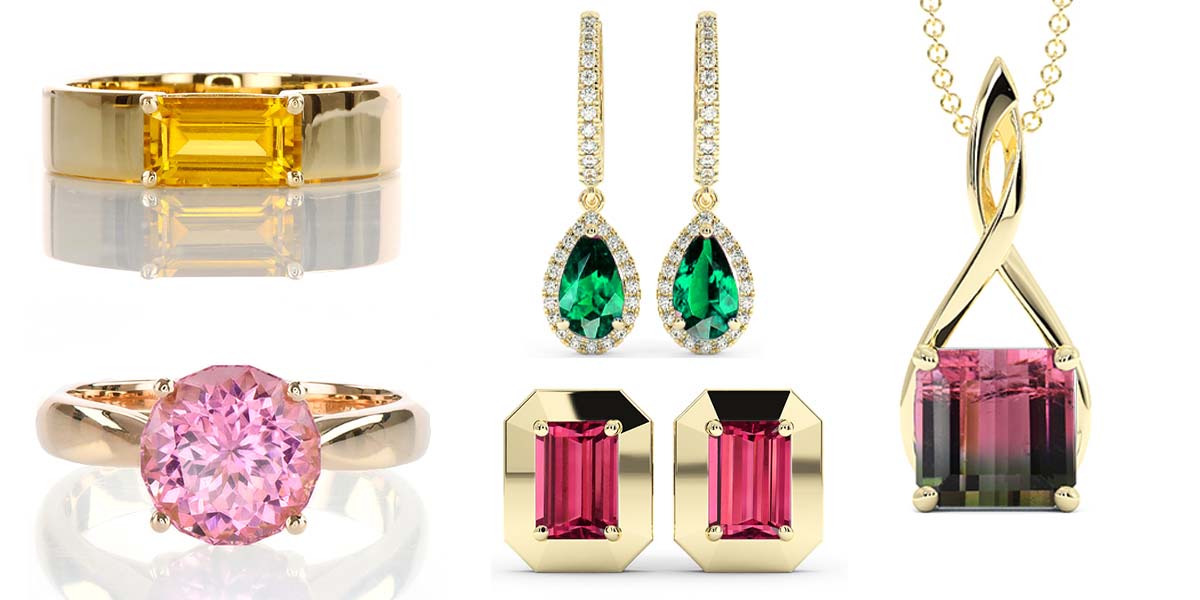



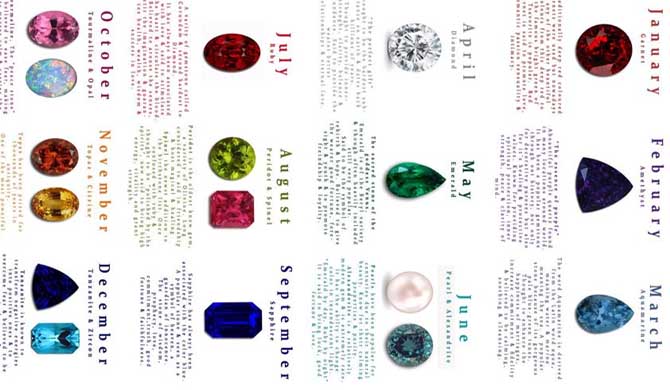



 USA : 1 888 281 3678
USA : 1 888 281 3678 Canada : 1 888 281 3678
Canada : 1 888 281 3678  United Kingdom : 0800 368 6128
United Kingdom : 0800 368 6128 Australia : 1 800 940 788
Australia : 1 800 940 788






